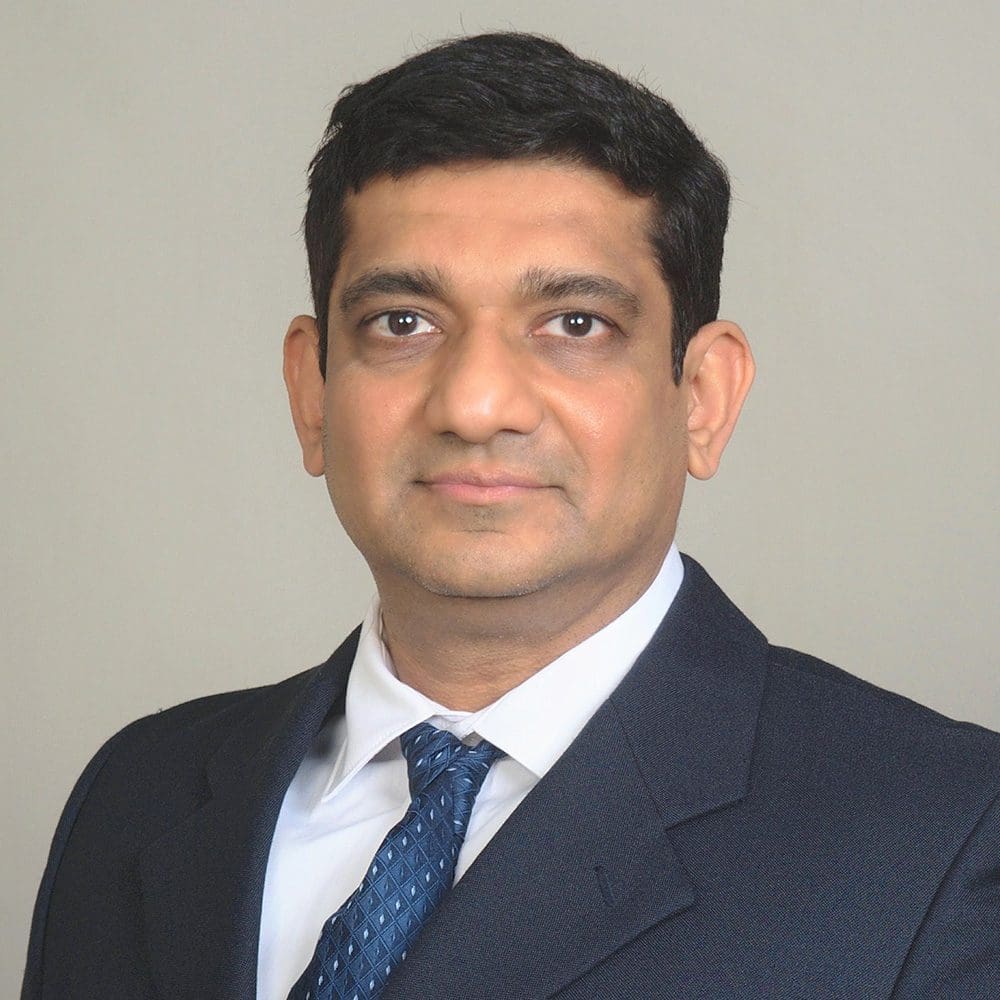As we look toward 2022, we can see the evidence of a convergence of influencing factors driving a rapid advancement of technology innovation. But to talk about what we see for 2022, we first need to step back a few years for context. In 2020, global organizations engaged in digital transformation initiatives at an accelerated pace – it was imperative for survival for many companies and essential for enabling much of the global population to work, learn, and live. Consequently, COVID-19 spotlighted the long-standing fact that billions of people have no access to the internet let alone the devices or ability to connect.
The need for better global connectivity alone, coupled with other challenges in connectivity and telecommunications, are factors that drive the work of the IEEE Standards Association (IEEE SA) in this industry.
As we move into 2022, there are four major trends we are noticing.
Bringing Internet Connectivity to All
Today, more than 40 percent of the world’s population – most living in rural areas – don’t have access to affordable or reliable internet connectivity. In developed countries, the internet penetration rate is 87% but just 47% in developing countries and 19% in the least developed countries, according to a 2019 report by the International Telecommunications Union. As previously noted, the pandemic has fueled demand for the internet due to critical use cases such as digital education, remote working, telehealth, and social connectivity. However, rural areas of countries continue to be sparsely covered and are not considered as a viable business case by telecommunication operators. As teledensity in urban areas continues to rise, the digital gap between rural and urban areas widens – a gap IEEE SA aims to bridge.
In the United States, nearly 30 million residents cannot fully benefit from the digital age. About seven out of ten rural Americans (72%) say they have broadband internet at home, a 9 percentage point rise in home broadband adoption since 2016, according to a Pew Research Center survey taken in 2021. While 97 percent of urban Americans have access to a high-speed, fixed service, only 65 percent of residents in rural areas have this access, according to the Federal Communications Commission. In tribal lands, only 60 percent.
While we cannot predict the advancement of global connectivity in rural areas, we can see one dynamic in the United States that we expect to continue to drive an increase in rural connectivity: the migration of both young and retiring Boomer adults who are moving from urban to rural areas, bring with them expectations for connectivity for all things including the ability to work remotely. What we see and learn from this population shift trend, we hope can translate to help our global community.
By way of the Connectivity & Telecom Practice, IEEE SA is working to advance the goal of global digital inclusion through several initiatives. The Rural Communications Industry Connections Activity, for example, is intended to contribute toward the goal of global digital inclusion by developing solutions for rural and remote areas using suitable technologies. Additionally, we formed an Industry Connections (IC) program, User-Centered Approach to Designing a User Interface for Rural Communities, to research technology needs of global rural communities, which will help to develop a model for the design and implementation of user interfaces for rural communities.
Advancing Artificial Intelligence and Machine Learning with 5G and Future Networks
Artificial intelligence (AI) and machine learning (ML) are essential to automation efforts, and you can expect to see the rapid acceleration of these technologies and solutions. Every business and organization is looking internally and externally to seize solutions to realize improvements in operations and service. These technologies provide massive benefits in areas such as predictive maintenance, automated customer service, and fighting cyber fraud. In the telecom world, leveraging these technologies helps accelerate the deployment of 5G networks, such as the ability to more quickly identify where and how to position network assets such as cell towers.
However, we know that AI and machine learning require massive amounts of data collection from telecom applications, connected systems, and diverse devices. Year over year, we’ve seen data creation and consumption dramatically increase and, as this continues, telecom companies need efficient means to leverage data to expand automation and AI/ML offerings while also mitigating cyber security threats. Where does all this data need to go? To software engineers, site reliability engineers, security pros, business analysts, data scientists and partners – quickly and securely. Therein lies perhaps the greatest challenge and where it is believed we will see intense focus so that solutions can be deployed and be secure.
With today’s communication architectures typically designed in a bottom-up approach, this requires the applications to fit the underlying physical layer (PHY). This fragmented landscape is difficult to introduce newer components and applications. A Transdisciplinary Framework for 5G, Future Networks Applications, and Services, for example, is an IEEE SA Industry Connections (IC) activity formed to develop a transdisciplinary framework that incorporates cross-domain services and applications into one flexible, scalable, and sustainable ecosystem.
Enabling Open RAN (Radio Access Network) through Open Source
Open source has changed the landscape of technology development, speeding innovation, and enabling radical advancements in the way we live, work and communicate. It has also impacted the standards world, providing opportunities for dynamic new collaborations that can further advance and improve technology. Moving forward, open source will continue to fuel the innovation of solutions. We also see a stronger imperative for the rapid advancement and deployment of 5G networks, particularly in rural areas, which will result in a more focused effort to advance open source initiatives.
As an example, IEEE SA recently launched a new, important initiative – the IEEE SA Open-RAN Industry Connections (IC) Program, to help drive rapid, positive advances in wireless technologies including 5G and beyond. This program focuses on 5G standardization, industry engagement, education, publications, testbed, and roadmap activities. We invite you to join us in this new effort around Open RAN.
Despite its promise, much work remains to be done to understand and close the technical gaps which stand in the way of the development and deployment of O-RAN technology. IEEE SA is working to help identify gaps and collaborate internally with our other working groups to solve issues and uncover more opportunities.
Safeguarding Cybersecurity in Data Transmission
As we move towards the connected world with data being increasingly transmitted via wired or wireless connections and more transactions occurring, cybersecurity becomes a priority. Countless analyst reports point to sharp increases in every type of cyber fraud – ransomware and DDoS attacks, phishing, data breaches, and more.
E-commerce has become an essential service amid the pandemic. People are finding it more convenient to do financial tasks, such as transferring money to one another, via wired or wireless connections. Consequently, it’s no surprise that fraud attacks continue to be on an upward trajectory. Fraudsters are launching fraud attacks across multiple touchpoints. A successful phishing or ransomware attack can provide a hacker access to proprietary market research, customer financials, and cash or other liquid assets.
But beyond the financial damage inflicted on organizations and individuals, we must also recognize the serious risks that cyber fraud can have on organizations such as hospitals and governments. As examples, hackers can put public safety at risk such as a 911 outage or create health risks such as the disablement of medical devices in hospitals or homes.
IEEE SA continues to expand the work leading to new standards, projects, and initiatives to help make today’s communication mediums safer and more secure.
Get Engaged with IEEE SA
Looking toward 2022, we can expect to see continued advancement of efforts and technology evolutions – including AI, machine learning, open source, and more – leading towards our efforts to bring and improve upon connectivity to everyone, everywhere.
IEEE SA offers a full ecosystem designed to work across industries and sectors to drive worldwide participation and champion the benefits of open standards and solutions, accelerating their adoption and the advancement of technology. We offer an inclusive, neutral platform that enables global collaboration, which includes:
- Industry Connections program enabling exploration of emerging technologies to incubate new standards and solutions;
- Conformity assessment and certification program to speed up market adoption of standards and build confidence in product functionality and safety;
- IEEE SA Open – a comprehensive open source development platform that helps raise the world’s standards through new communities of technology collaboration.
We welcome participants from academia, government, and industry such as telecommunications and network service providers, original equipment manufacturers (OEMs), start-ups, technology providers, as well as stakeholders from other industry sectors.
Learn more about IEEE SA’s work in connectivity and telecom, and join our efforts.










I expect even more disruption next year since these trends show no signs of slowing down. Thank you for contributing this article!